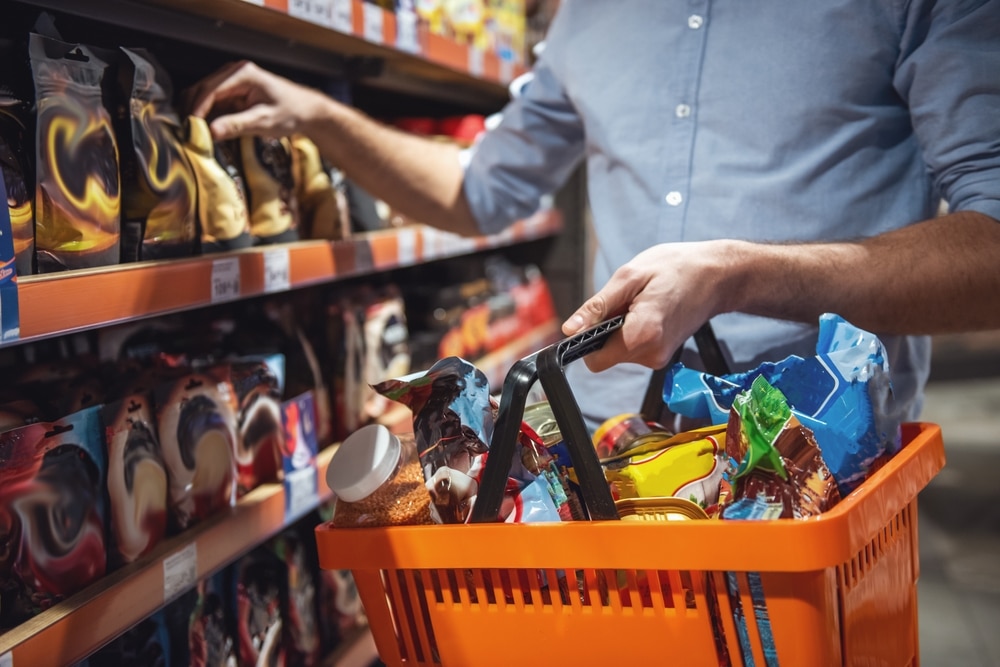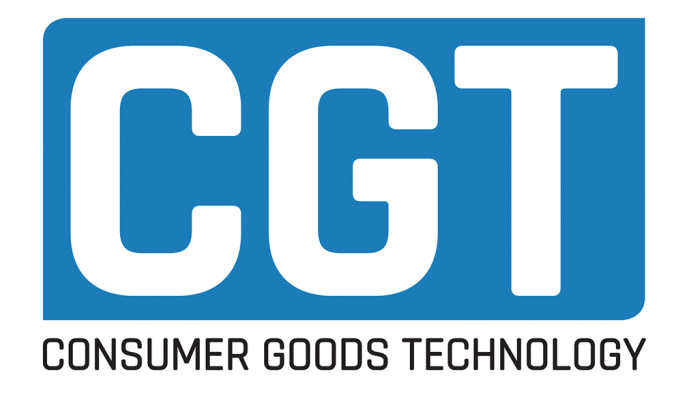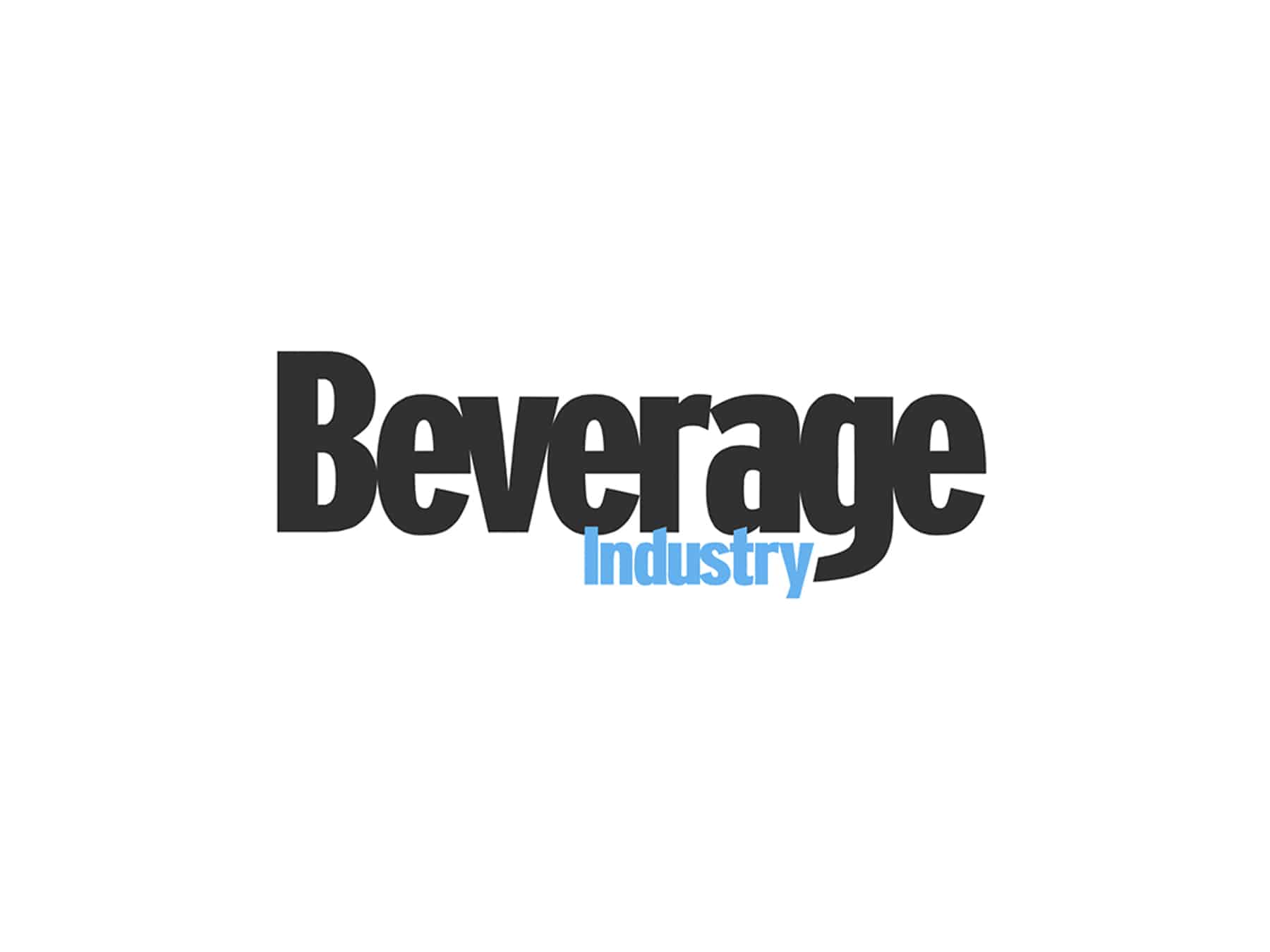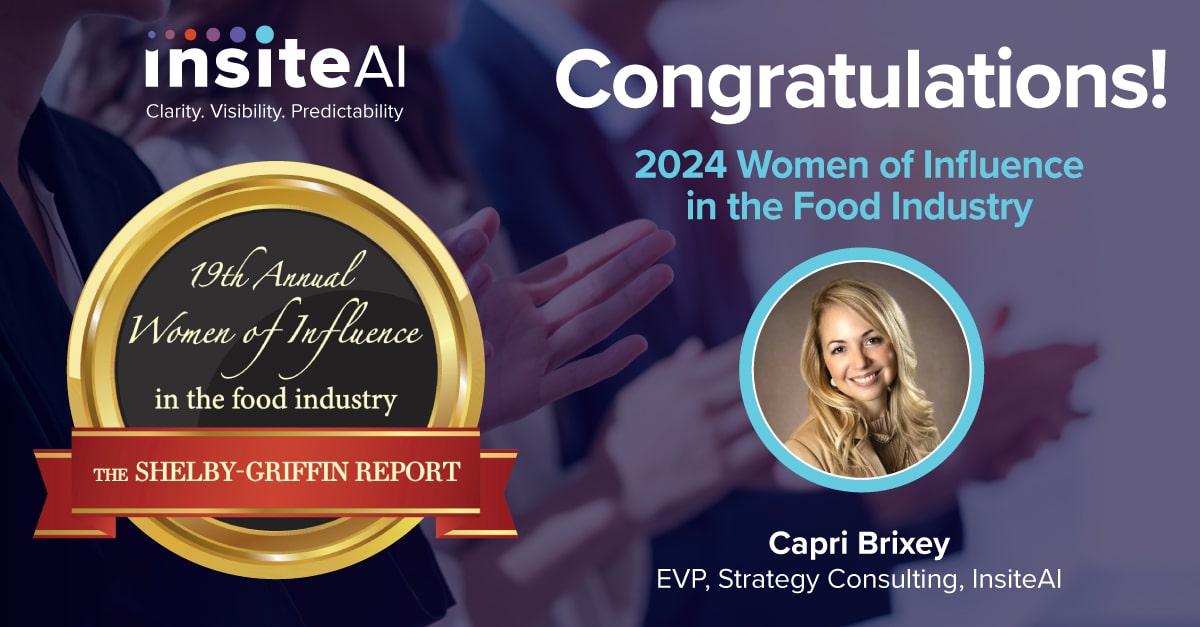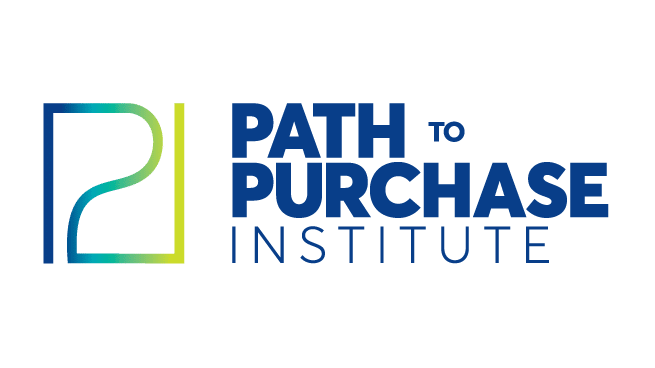
The intricacies of the wine category make it one of the most complex to manage. AI and machine learning can help brands cut through the complexities and get the right wine onto the right shelves at the right time.
Unlike the beer category, where summer sales can make or break a brand, wine experiences less seasonal volatility. Instead, brands are tasked with answering cyclical purchasing trends among different varietals year-round. Further, consumers have very distinct preferences across geographic regions that brands need to keep in mind.
Throw in heavy state-by-state regulations, pricing compliance, and managing product availability through distributors, and wine is one full-bodied, complex category.
Even though there are a lot of variables to consider for wine brands, the ultimate mission is the same: optimize product, placement, and pricing. AI and machine learning can help brands cut through the complexities and get the right bottles (or boxes, cans and any other emerging packaging style) onto the right shelves at the right time.
Here’s how AI-enabled technology can refine the wine category and accelerate the most critical opportunity metrics.
AI harmonizes massive amounts of data
One thing wine does have in common with beer is there are a lot of brands competing in the space, and it can be tough for consumers to decide what to buy. For brands, it can be equally confusing to strategically assess what products should go where — and which ones can’t go where based on distributor input and state-by-state regulatory compliance.
The level of data that brands are working with is a highly complex stew, overwhelming in its diversity and complexity, that AI can harmonize and distill to deliver simplified, optimized, and precise product recommendations at a granular, even store level. Each state and distributor network has a matrix of stores and retailers they serve, sliced by state line, retailer requirements, and wineries and distilleries.
Just navigating excellence in execution within this complex web is difficult. Brands are often short on resources and capacity thresholds to properly elevate strategic assortment optimization based on consumer behavior and preferences.
With AI-enablement, that overwhelming digital debt can be managed, breaking the silos between data and functions, regulatory compliance, and complex distributor networks and availability of inventory. Using billions of data points, AI/ML delivers pinpoint forecasting and recommendations on where products should go.
For example, one retailer may have several distributors delivering wine to one store. It presents a tremendous amount of data overlays to manage. Brands can help by harmonizing the data they have from their distribution partners and more to create models for that buyer, factoring in sales and distinct distributor data to deliver highly intelligent strategic assortment plans that the industry has not seen before.
The result was a 3% lift in sales for the overall category in those retailers, growing annual revenue by $20 million.
Product and Placement: Identify preferences across regions
As mentioned above, where wine gets tricky is getting products out to the right regions. For example, there are nearly 7,500 wineries in the U.S., up nearly 4% from 2022. Each winery sells better in different parts of the country.
Wine is very regional by nature, so it’s not surprising that wine drinkers in Michigan may prefer wines produced nearby vs. in northern California, where consumers may prefer other wine attributes.
But AI allows for more granularity than that. AI can recommend products to place by store clusters or at individual stores, knowing what customers like and what distributors are able to deliver to precisely place the best options available.
Insite AI worked with a national beer brand to optimize the craft beer assortment inside two leading grocery chains to leverage the peak summer season. The result was a 3% lift in sales for the overall category in those retailers, growing annual revenue by $20 million.
While the wine category can have additional variables in play, it doesn’t mean brands and retailers can’t see similar optimization and granular-insight-driven success.
Pricing and Promotion: Optimize premium to value brands
Another issue in wine is the wide-ranging price points in the category. AI helps brands understand elasticities of price across a diverse category. Again, what price points work best across varietals and regions can be very different.
The economies of scale are not a benefit or a factor in wine; to drive incremental and sustainable growth, brands need to take a localized approach. It can be very time-consuming using legacy models to devise pricing and promotion strategies. AI/ML can recommend precise moves in seconds.
There’s the saying that wine gets better with age. That may be true in a home cellar, but retailers need to move product, know trends and what sells better during certain seasons. Distributors play a key role here in revenue growth management by deploying similarly effective AI/ML strategies to predict what will generate the greatest returns.
Uncork efficiencies with AI
The intricacies of the wine category make it one of the most complex to manage. Regulations by state, in addition to working through multiple distributors to get as much product coverage as possible is a challenge.
There’s an increasing benefit for larger wineries to partner with specialized distributors that have a wider network across states, too. Recently, several wineries have formalized more exclusive distributor partnerships to gain simpler, and broader coverage.
While the complexity can be high, the benefits of new technology in managing it makes the possibilities for incremental growth in addition to significant advancement in efficiencies across multiple business functions considerable.
Wine brands can leverage AI to forecast demand and predict strategies that better meet the needs of the value chain. Contact Insite AI to learn how AI-powered solutions can get more granular than ever imagined in a category where granularity is a must.
